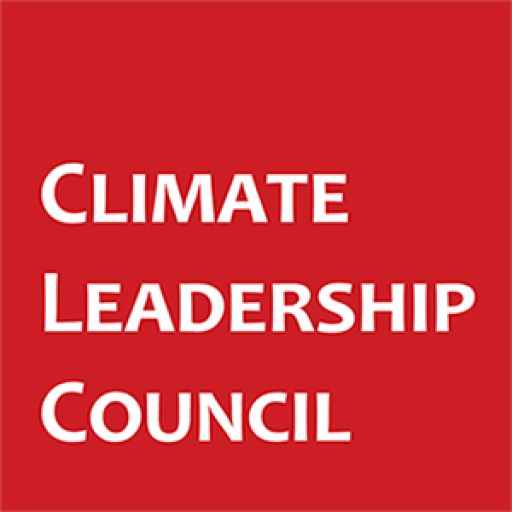The clean energy transition requires an abundance of basic commodities like steel, aluminum, and cement as well as innovative, low-carbon technologies. As the demand for these goods has increased, three challenges have emerged: carbon-intensive production, market distortions from excess capacity, and significant headwinds for U.S. firms.
Production concentrated in countries with carbon-intensive production
Manufacturing basic commodities can be a carbon-intensive process that requires large amounts of energy or releases greenhouse gases. The manufacture of steel, aluminum, cement, and chemicals alone produces 17-22% of total global greenhouse gas emissions annually. As global demand continues to increase, it is vital that lower-carbon manufacturing pathways are pioneered and implemented. For example, American manufacturers have invested in lower-carbon methods allowing the U.S. to produce steel with just 25-60% of the emissions of the world average. This carbon advantage sets American manufacturers apart. And it can be an opportunity to both make more in the United States and enable other countries to decarbonize using proven pathways innovated right here at home.
Market distortions from excess capacity
Non-market interventions cause price volatility that compromises private and public action to reduce emissions. A key example is excess capacity, production capacity that exceeds domestic demand and is untethered from fluctuations in global demand. A prominent example of excess capacity is China, which currently holds more than half the global market for steel, cement, and aluminum manufacturing and actively invests in excess capacity using non-market practices. The economy relies on subsidies, forced labor, and price manipulation to manufacture basic commodities at a low cost. As a consequence, U.S. firms are forced to compete in a global market characterized by low and unpredictable prices and oversupply.
Figure 1: China’s Outsized Share of Commodity Manufacturing

Source: US Geological Survey, 2024 and OECD, 2020
Excess capacity can also drive excess carbon emissions. Chinese manufacture of basic commodities produces 20-200% more emissions than cleaner U.S. firms. This market saturation of low-cost goods prevents market-based firms from investing in cleaner, more innovative manufacturing processes. Currently, the international trading system is designed to preference these higher carbon goods, creating the carbon loophole.
Headwinds for U.S. firms
The global market for low-carbon goods is expanding but the U.S. hasn’t yet seized this tremendous market opportunity. American firms represent just 6% of exports in low carbon technologies, while Chinese firms hold over a quarter. Much like in the manufacture of basic commodities, this disparity reflects China’s strategic investments in clean energy manufacturing and drives excess carbon emissions. Chinese manufacturing is powered by a coal-heavy electricity sector that results in much higher emissions. For example, U.S.-made thin film solar panels emit 90% less greenhouse gas than China’s silicon panels, U.S. ammonia production produces 55% fewer emissions, and U.S. electric vehicles produce 20% fewer emissions.
Fortunately, the energy transition is still in its early stages and U.S. firms are well positioned to seize a significant portion of the $130 trillion market opportunity associated with just eight decarbonization technology pathways. U.S. manufacturing is gaining momentum, bolstered by federal funding and private investment from recent legislation. In early 2024, clean energy investment reached $71 billion, positioning U.S. manufacturers to meet domestic needs and capture a larger share of global demand. However, manufacturers still face non-market producers and governments, poor intellectual property protection, and limited market readiness.
Figure 2: Top 10 exporters of decarbonization technologies, 2023 (USD billions)

Source: OEC, Third Way, author calculations
Boost the economy to lower emissions
We can address these three challenges with a new approach to trade that introduces accountability in the global market and supports the export of more U.S. made goods. The U.S. already has a carbon advantage in manufacturing basic commodities and clean energy technologies—it’s time to capitalize on these investments.
Clean firms should be rewarded for innovative practices to help manufacturers justify investments in innovation, efficiency, and process improvements. Establishing robust market signals in the global trade system can hold emitters accountable and counteract non-market practices. In turn, U.S. firms can more effectively compete in an international marketplace that values their lower-carbon, higher-quality production.
To get a share of the promising $130 trillion market opportunity in decarbonization technology, policymakers should position domestic firms to export more U.S. made goods. These investments will benefit the U.S. economy and simultaneously help satisfy growing global demand for basic commodities and low-carbon technologies.
Policy approaches that prioritize American competitiveness and economic growth can simultaneously lower global emissions. This approach starts with leveraging our existing carbon advantage, driving exports from the resurgent domestic manufacturing sector, and hold international competitors accountable for high-carbon, non-market practices.
